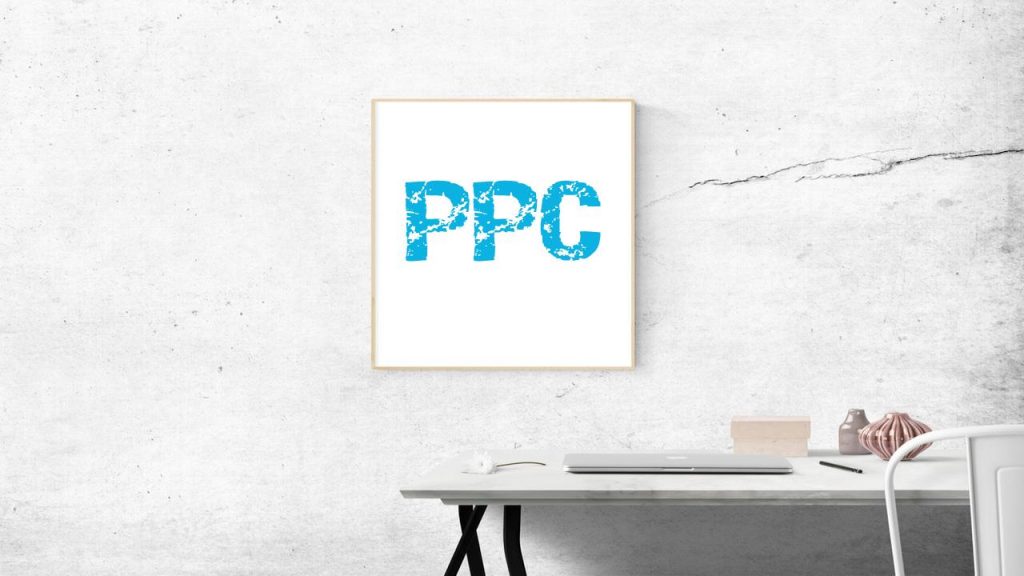Signing up, choosing keywords, creating PPC campaigns, and ad groups are only part of the PPC strategy. You miss the big picture if you don’t make efforts to determine the conversion actions necessary for your business. KPIs stand for key performance indicators. They are quantifiable goals that help you track and measure the success of your right PPC campaigns.

KPIs are important for pay per click advertising services providers. It helps set an expectation and prove their work has a positive impact. Here we have listed the ten most influential PPC KPIs that you should track for your campaign.
Clicks
A click on your ad is the first step to success. Hence, clicks are considered early indicators of success in PPC campaigns. This important KPI tells how many people clicked your ad.
Campaign managers often check the performance reports to see which ads have received most clicks and which didn’t. This allows them to stop ads that are not performing. It also helps them decide to increase the bid for ads that are performing well. Clicks are the right KPIs to assess the mid-month performance of your right PPC campaign. But they do not show whether the campaign is successful.
Click-Through-Rate
CTR is short for Click-through-rate. It shows how many times your ad was clicked. This number of clicks is available in the form of a ratio with click impressions. For example- how many people saw your ad versus how many people clicked the ad? The formula of CTR is,
- Total clicks on Ads/Total impressions = Click-Through-Rate.
A high CTR means a higher number of people who saw the ads clicked it. CTR is important because it directly affects your quality score, another important KPI. The average CTR for Google Ads is 1.91% for display and 0.35% for display. As a rule of thumb, a good CTR is 4-5% on the search network.
Quality Score
As an estimation of the quality of your keywords, ads, and landing pages, a quality score can result in better ad positions at lower rates. Typically, it is reported on a 1-10 scale and includes CTR, landing page experience, and ad relevance. The more relevant your ads and landing page are for the user, the higher the quality scores. A good quality score means you pay less to Google Ads. If your ads’ quality score is perfect 10, you are more likely to get a 50% discount on keywords than what you would have paid if the quality score was 5.
A quality score of 1 is a poor score, while 5 is the average. A quality score of 1 will require you to pay 400% more because Google considers you as a poor source.
Cost-Per-Click
CPC refers to a digital advertising payment model where you pay a certain amount every time someone clicks your ads. A pay per click advertising services provider knows how much they can pay for an ad campaign. The reason is their clients have predetermined budgets. The cost of putting up an ad depends on the competitors in the PPC auction. CPC measures how much the advertiser has exactly paid. You can measure CPC by the following formula:
- The total cost of clicks/Total number of clicks = Cost-Per-Click
Conversion Rate
It is also known as CVR. Most pay per click advertising service providers are hired for their CVR. It is mostly represented in percentage form. The formula to calculate the conversion rate:
- Number of conversions/Total Clicks = CVR
If the total clicks were 100 and the number of conversions was 20, the CVR would be 20%. Campaign managers keep an eye on conversions, but they optimize the right PPC campaign for clicks. A high conversion rate is indicative of a successful marketing campaign. It shows people what you are offering, and they can get it quickly through your campaign.
Impression Share
It is also known as CPM. This KPI indicates how many people have seen your ad. It doesn’t matter whether they clicked on it or not. Impression share gives an indirect insight into the competition.
If your keyword has a 50% impression share, it means your competitors have the remaining 50%. Increasing your impression share means you are automatically reducing competitors’ impression share for the keyword.
Lifetime Value
LTV is short for Lifetime Value. This metric is a broad indicator of right PPC marketer’s ability and account health. LTV calculation is complex. The lifetime value of customers represents the total amount of money a customer will spend on your products during his/her lifetime.
Understanding the total value of a potential or existing customer is crucial for your marketing team. By monitoring the LTV, you can know how much revenue each new customer will bring to the company in their lifetime. The formula to calculate lifetime value is,
- Gross margin (%) x Length of a lifetime in pay periods x Revenue per subscription per pay period = LTV
The reporting frequency of LTV is every three months. In general, the LTV should indicate revenue generated from the customer through PPC. It includes all revenues from interactions starting from the acquisition.
Average Position
It refers to the ad’s position on the search engine results page when they are triggered. If your ad’s average position is 7.5, it shows towards the bottom of ad listings. If your ad’s average position is 3.2, it will show at the top of the SERP. And If you want your ad to rank on the first search engine results page, it needs to be placed 8th or higher.
Ads that are listed first have higher chances of appearing on the first search engine results page. If the position of your ad is lower, it does not indicate a lousy campaign. The point is you should get traffic and conversions, which are indicators of a successful PPC campaign.
Knowing what you want to accomplish through the campaign and what KPIs you will measure will allow you to set Google Analytics ahead of time. Proper measurement of your campaign is only possible by tracking the right KPIs, which is the only way to get ROI.

